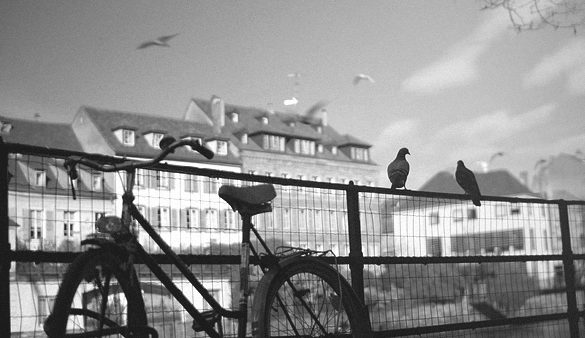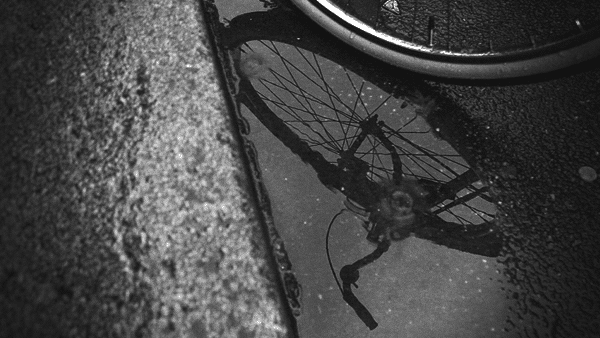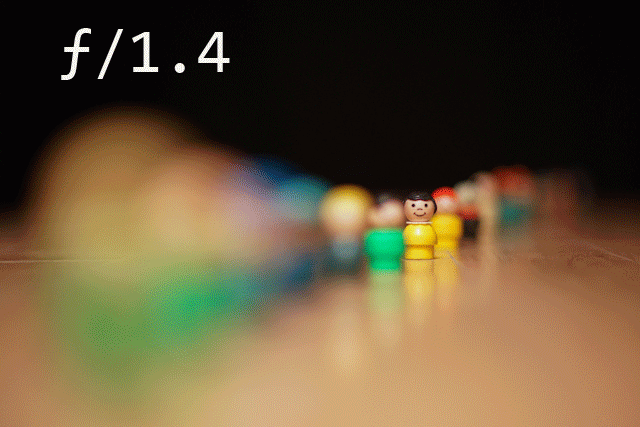I’ve had a tumultuous past couple of weeks ranging from some sort of creative menagerie in addition to some nasty “Winter is Coming!”-type of cold or whatever, but alas, it always surprises me how easily I can open up Premier Pro and string some pieces together and assess my visual aesthetics.
Of course, this is a very important aspect for a director. Very important. Filmmakers, though we’ve seen plenty productions that look and feel and seem very much alike, this often always is not the case. Shall we study my Spanish-er, my directorial language then?
(excuse the quality of the videos. DSLR is not my forte.)
~ Yarra Valley Shoot ~
Farm Buggy.mp4
This was a coincidence shot. I was roaming around with the camera, mostly focusing on the surroundings when the buggy violates my peripheral vision. It was going faster than you can say pull focus, so I zoomed, framed and as best I can, follow (pan) the buggy as it works it way on the path.
Notice my frame. Again, I reiterate the composition. The trees “blocking” the buggy from view made me think of a hide-and-seek vista. The camera doesn’t do the work for you, instead, the audience’s eyes have to do the work themselves. I tried and evidently failed towards the end to allow the buggy to leave the frame as I focus on my framed end shot, but you can somehow tell (I hope).
This particular exercise taught me two things: i. the power of colour (refer to The Girl In Red scene in Schindler’s List (1993), and ii. my preference of intimate, tight framing.
In post, I tried to up the contrast from softer hues to a higher degree of polarity to highlight the colour of not just the trees, but also the red-orange colour of the buggy. This helps the audience in the “seeking” side of the H-and-S capture. And for tighter framing at a distance, what kinds of lens is best to use? 50mm so both foreground and background remain in focus? (I was on 35mm)
If this shot was part of a narrative, the focus is on the buggy, seen from a character’s point of view. It could also be a motivated shot to show the audience that there is more to the buggy than what a wide-angle shot could portray:
Wide angle – establishing shot, shows the general “setting” of the scene where a buggy so happens to pass by.
Tight frame shot – like above, there is an intent, a reason that as to why the buggy’s view is blocked and why it follows it specifically. It’s preparing the audience for the scene to come and/or making sure the audience keeps this buggy at the back of their minds to be later address in the film/narrative.












